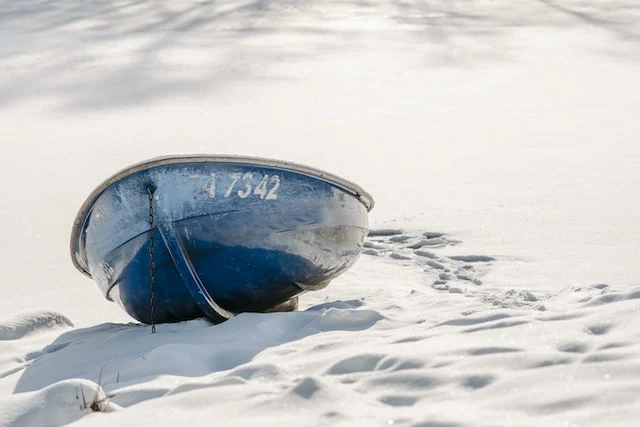Boat Covers, Protect Your Investment
Choosing the right boat cover for your water craft can be a little challenging, but with a few important boat facts and some vital information about boats and their covers, you can find one that will be just right. Boat covers will protect your valuable investment from harmful UV rays, rain, snow, dirt, dust and can be an effective deterrent to theft and vandalism.
Information about boat covers reveals that there are three types of covers: custom, semi-custom and universal. boat cover 2Custom covers are designed for a specific make, model and year of boat. It is usually made with either snaps or tie-downs and fits the boat like a glove. Custom covers usually have reinforced material at the stress points and work well while trailering, storing and mooring your water craft.
boat cover 3Semi-custom covers are designed to fit several styles of boats; for example, covers are designed for deck boats, ski boats, bass boats, etc. One semi-custom cover may fit several different makes and models of a similar shape and size. This is helpful if you often upgrade your boats, but wish to use the same cover, or you want to buy a more general type of cover without the cost of customizing. Because of the more general fit, a semi-custom cover will fit more loosely with extra fabric to accommodate accessories or variances in sizes between makes and models. Check your boat facts, specifications and the package’s information about boat covers before buying to make sure the cover you’ve chosen will fit adequately.
Semi-custom covers are generally acceptable for trailering, storing and mooring your boat, but owners should take care to ensure that the cover is secured before traveling.
Universal covers are cut to cover a wide range of boats, pretty much using the one-size-fits-all idea. While these covers will protect against debris and dust, expect them to be loose-fitting; generally tightened down with elastic or tie-downs. Universal covers will not be appropriate for trailering or heavyboat cover 1 weather protection because of the “shower cap” type fit.
Boat covers come in a wide variety of fabric; most commonly used are cotton, mixed blends, acrylic and polyester. Information about boat covers should be tagged on each cover and you can use these boat cover facts to select the type of fabric that will best withstand the weather and traveling conditions it will face. Boats that are stored in the sun need a fabric with a good UV protection and several fabrics are specifically designed for this. Boats that are stored in humid areas will need covers that are mildew resistant and breathe well, allowing for ventilation while still protecting. If your boat will be sitting in snow or heavy rainfall, you should choose a fabric that is heavy duty and can withstand the weight and pressure. High winds are another concern that needs to be addressed with the fabric you choose.
When you are purchasing your boat cover, be sure that you have the information about your boat dimensions, regardless of the type of cover you will choose. Your owner’s manual should help to provide you with these boat facts. If you need to, you can measure your boat accurately yourself:
How to Measure Your Boat: To find the centerline length, measure from the tip of the bow to the center of the stern. Add the length of any extensions, such as bow pulpits and transom brackets to the centerline. To find the beam width, measure the widest point of your boat.
boat cover 4Whichever boat cover you choose should be cared for properly. Taking a few precautions will increase the life of your cover and, therefore, your boat. Follow these five tips:
Avoid letting water, snow, leaves or other materials stand on your boat cover. Using support poles, straps or bows can assist in creating a smooth surface where things won’t collect during storage.
Always tie down the boat cover securely. Make sure to repair snaps when necessary or employ tie downs. Check periodically to make sure that the cover remains intact.
Before installing your boat cover, add padding to windshields, motors, depth finders, etc. to avoid punctures, tears and rips.
Always allow boat covers to dry thoroughly before folding and storing.
Periodically inspect the cover for signs of wear and tear and repair small holes or rips before they get bigger.
By gathering some basic information about boat covers and doing a little research and shopping, you can find a cover that will suit your needs and be within your budget to protect your water craft for many enjoyable years to come.

